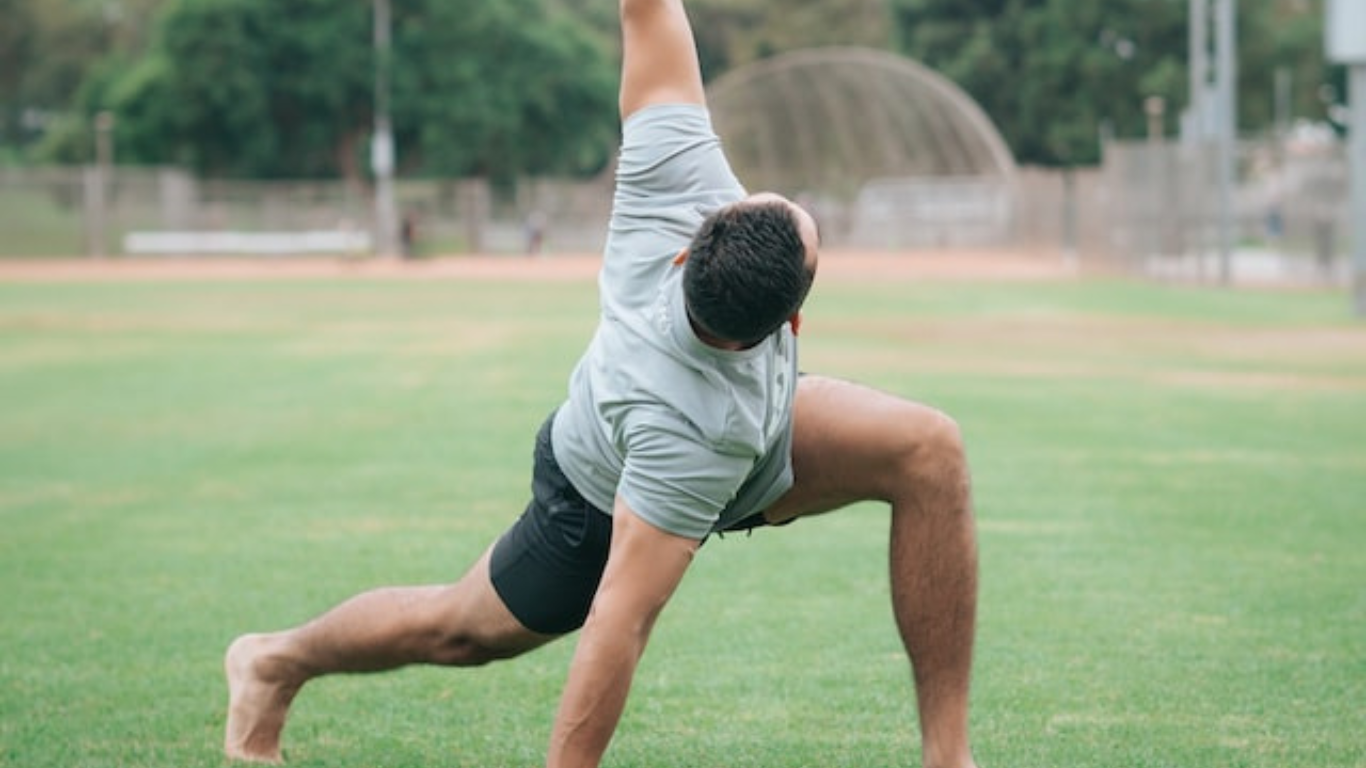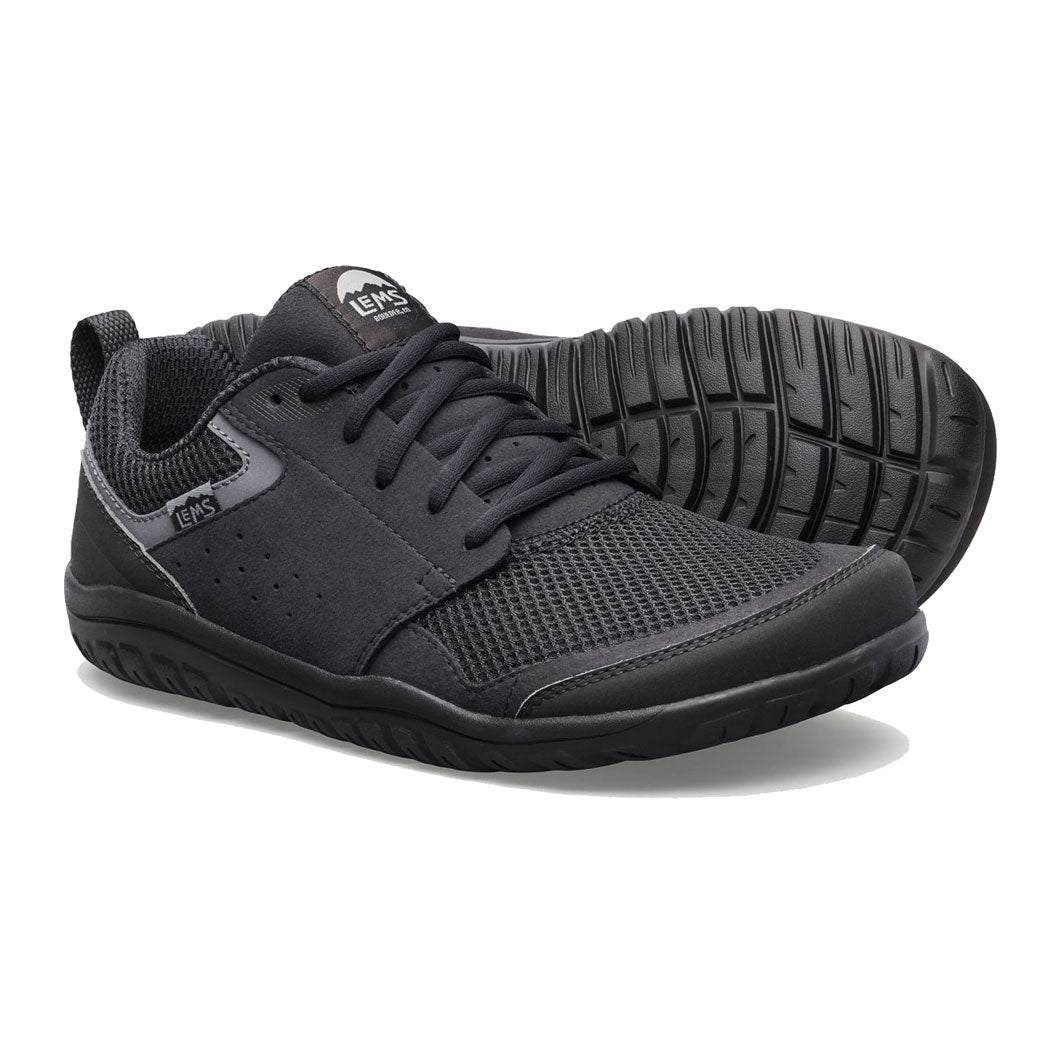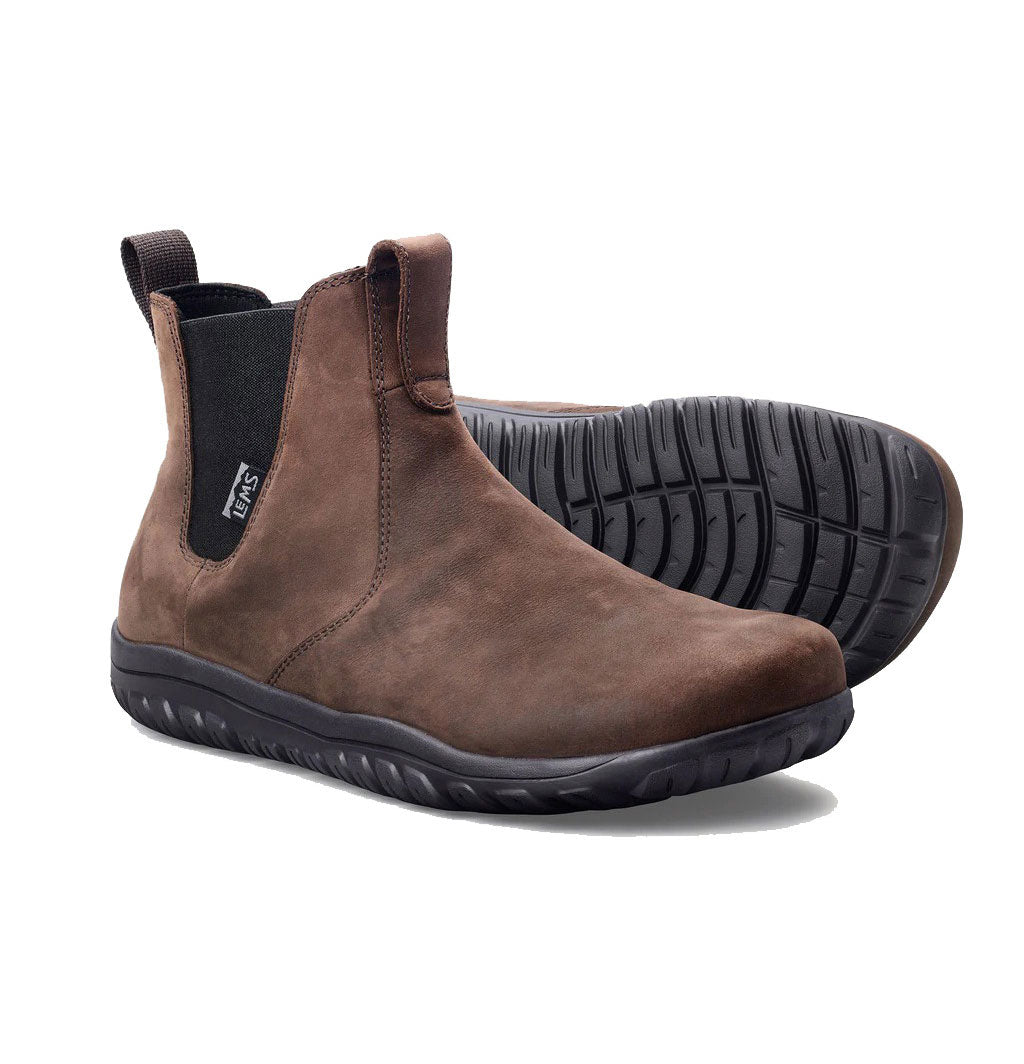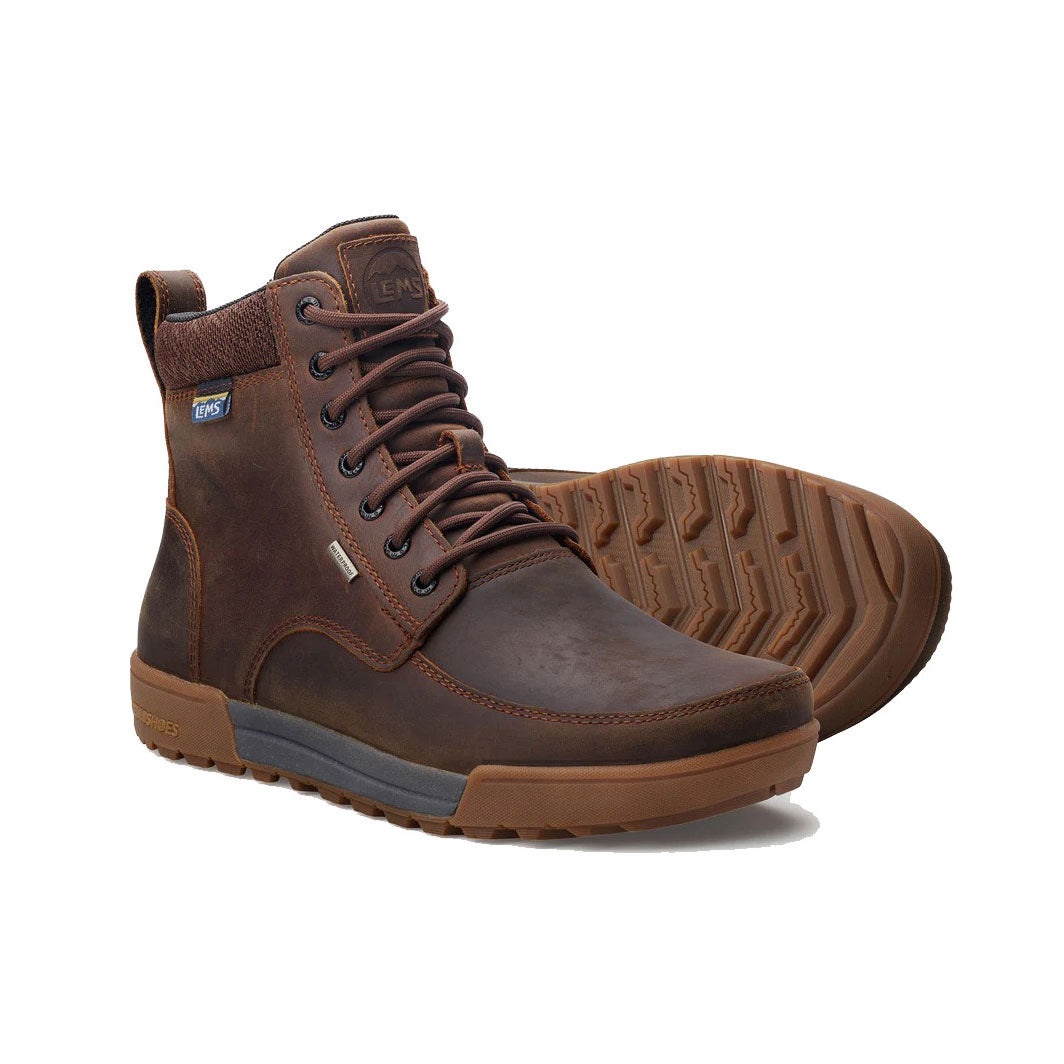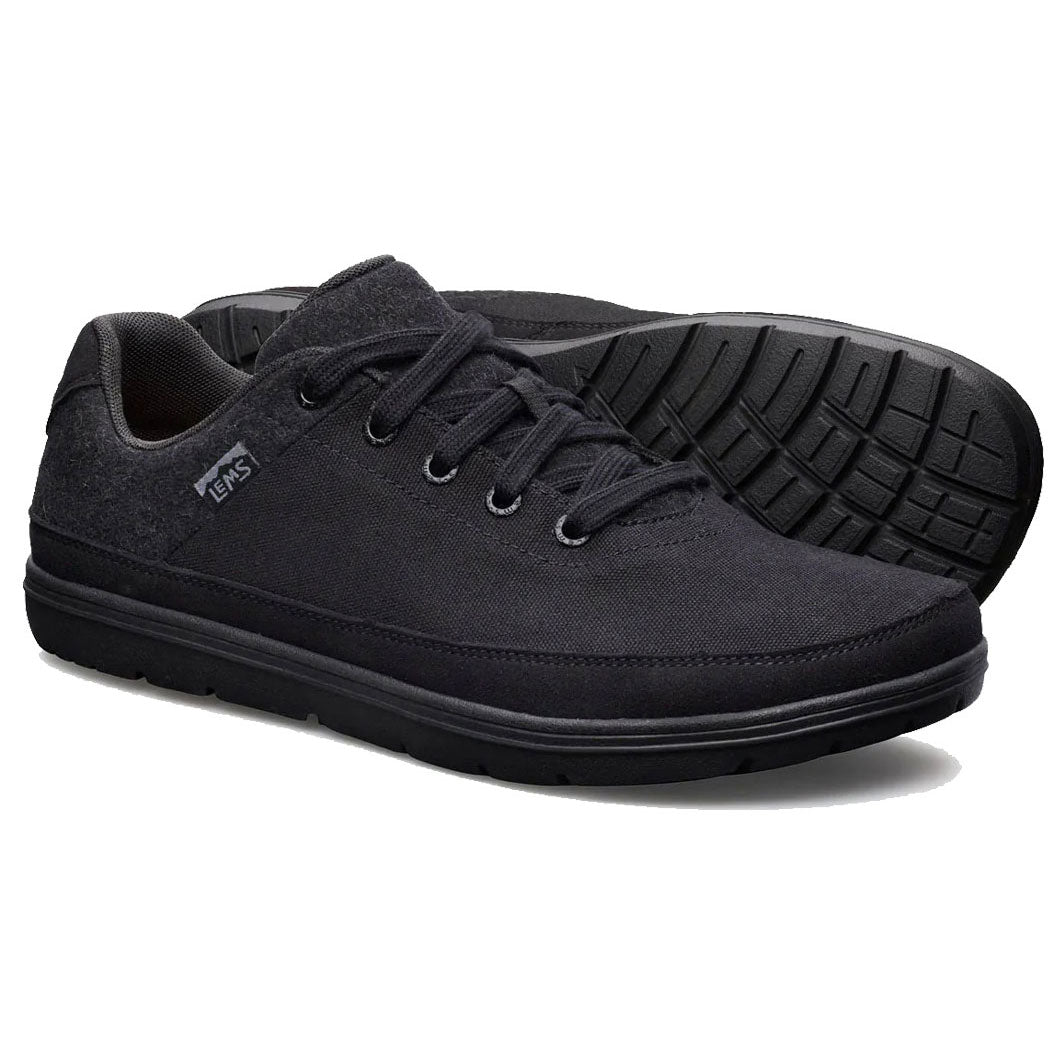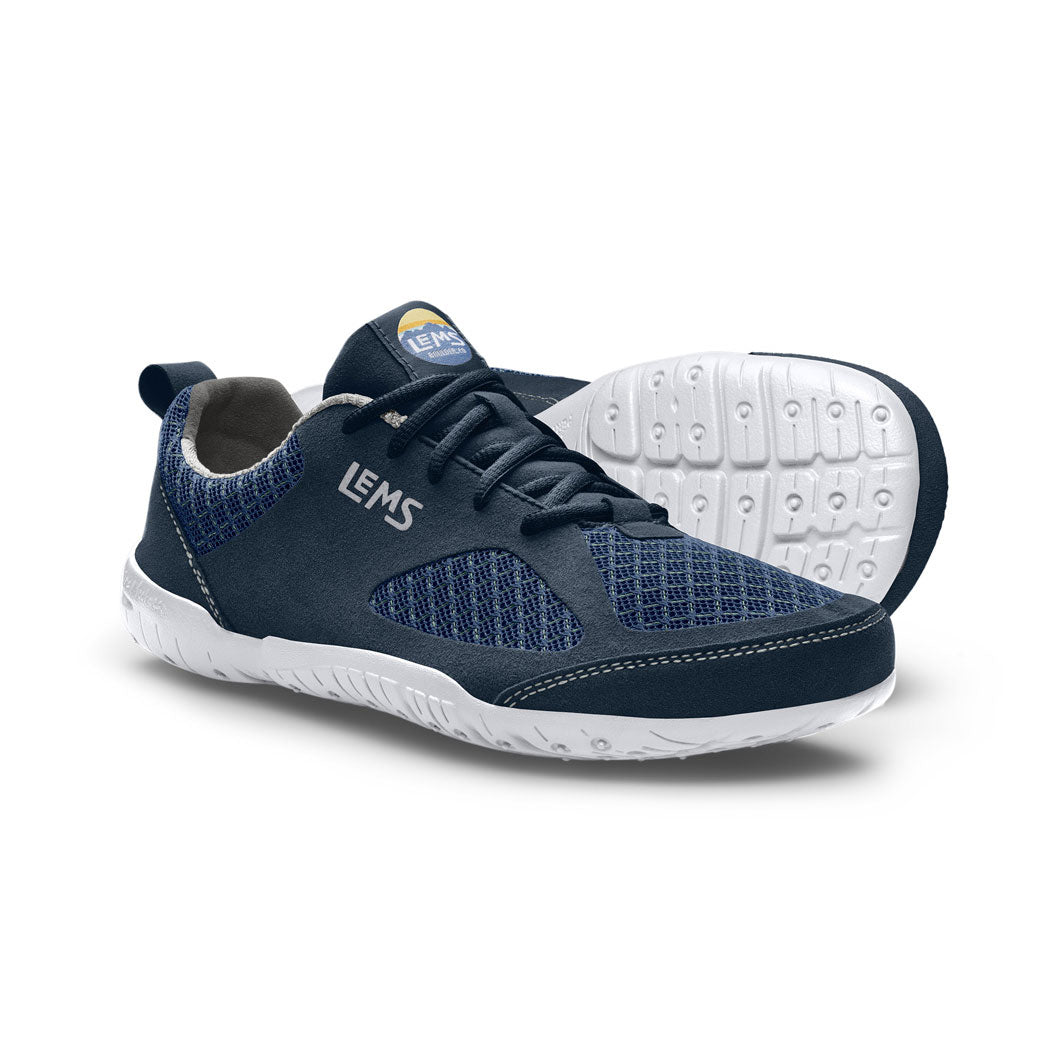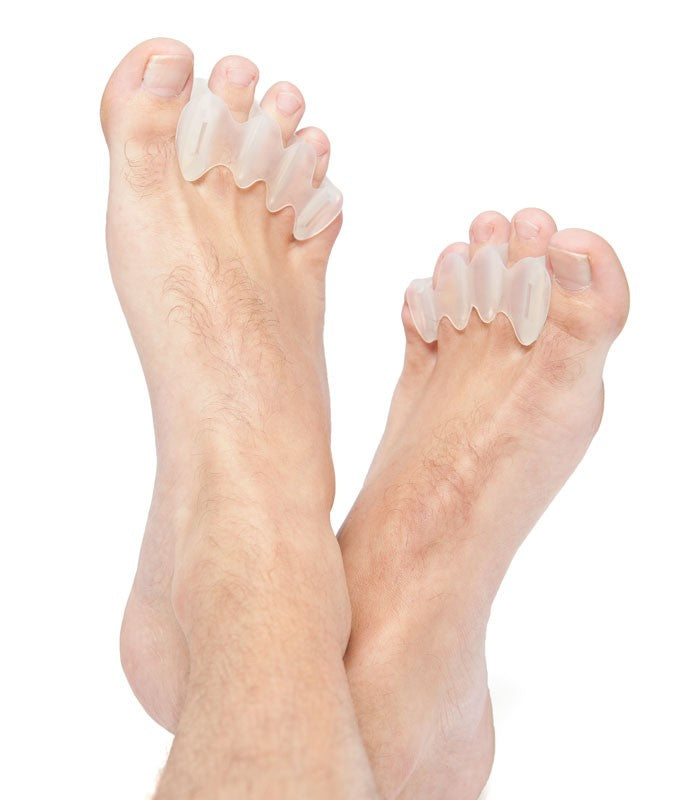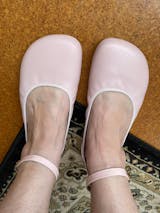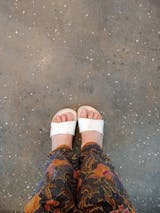The dexterity of our feet is nowhere near that of our hands as far as the complexity of tasks we can perform with them is concerned. Yet, much like chimpanzees and bonobos who share the largest percentage of DNA as humans than any other species in the animal kingdom, our feet are capable of so much more. While these primates move from one place to another by swinging, climbing, and walking on all fours, they can also bipedal and often use their feet to grip onto surfaces and objects. On the other hand, since evolution, humans have mastered walking on two legs and limited the functionality of their feet to serve them minimally in this manner.

Well, experts who continue to conduct comprehensive research on the fundamentals of foot health are advising people to rethink the way they use their feet, and encouraging individuals to train and adopt practices that allow the feet to function much like our hands. Read on to find out why.
How Can We Increase the Scope for Foot Functionality?
The goal is simple; increase movement in the feet by engaging and training them with more challenging tasks. In doing so, you can increase and improve on many different functions such as coordination, strength, mobility, and overall dexterity. The added benefit is that there are many playful activities you can do to achieve these benefits which make the exercises a lot of fun!
Before we get into some of these training activities, however, it’s important that we touch on the subject of barefoot living. This is essentially a lifestyle that involves going barefoot as often as possible, and exposing the feet to different surfaces and textures. Individuals who are already on this path have made this transition by gradually doing away with shoes or switching to barefoot footwear. The end goal sees them walking, running, and even exercising barefoot which collectively come with a long list of advantages that promote optimal foot function.

While barefoot living is a concept that is highly recommended for better foot health, beginners can start with activities that allow their feet to be more playful and facilitate improved functionality. Natural barefoot movements alone are beneficial for the feet, however, you can kick this up a notch and try your hand (or rather, feet) at surfing, martial arts, dancing, ballet, climbing, walking a balance beam, and other physical activities that involves a lot of foot work, movement, and engagement.
Regular training, particularly tasks and activities that involve gripping with the toes and engaging the arch of the foot, will significantly increase the overall functionality of the feet. Overtime, individuals will become habituated to using their feet like hands in terms of movement, flexibility, and engagement.
What Inhibits Our Natural Ability to Improve Foot Health & Function?

As gradual as it may be, everyday activities that involve walking and movement of the feet and legs can improve your foot health and increase functionality. There is, however, a ‘catch’, if you will; unless you are barefoot or wearing minimalist shoes, your foot health is not going to benefit from any such daily activities. In fact, individuals who confine their feet to the constraints of modern footwear are only causing more damage to their feet, all the while limiting their potential and reducing their function.
The problem here is that generation after generation have become accustomed to traditional shoes with very little awareness surrounding the damage they cause; especially for those who spend most of their day wearing shoes. The real issue lies in the actual design and shape of modern footwear which include elevated heels, narrow toe boxes, rigid soles, and excess cushioning. All of these features are inhibiting the wearer’s natural toe splay, movement, and flexibility which, in turn, directly affect foot form and function. Even worse, these slender shoe designs lead to other conditions that affect the ankles, knees, and back.
So, What’s the Solution?
Imagine if you were to wear gloves or mittens over your hands for most of the day – the kind that hinder the way your fingers and palms are able to move and flex naturally; would you still get as much function out of them as your bare hands could when they are able to operate freely? Most certainly not. In the same way, when you wear shoes that confine your feet, you limit foot functionality.
With that said, there is a two-step solution to your foot health problems and inefficient foot function:
- Transition to minimalist footwear
- Go barefoot (as often as possible)
When you free your feet from the constraints of modern footwear, you can then effectively train, engage, and use them like hands to achieve maximum foot function and better foot health. So, kick off your shoes, explore the many beneficial playful activities out there, and just like that, you will be walking, hopping, jumping, skipping, and running with happy, healthy feet!
At bprimal, we work with shoemakers and brands who create natural footwear that are made to encourage better foot health by repairing the damage caused by long term use of modern shoes. These minimalist or healthy footwear alternatives ensure proper preservation of one’s natural foot shape and function thanks to their inclusion of all the design specifics needed to achieve optimal foot health. Some of these features include wide toe boxes, slim and flexible soles, and no heel elevation.
Our involvement and interaction with people who create and promote products that help individuals fix their foot problems has also inspired us to spread crucial awareness – relating to prioritising foot health as told by the experts – via our blog. Learn More - check out bprimal educational articles here, and browse through the different brands and collections of natural footwear and foot health restoration products we carry.
DISCLAIMER:
The above content is for educational or informational purposes only and is not intended to replace or augment professional medical instruction, diagnosis, or treatment. Read the full Terms and Conditions & Disclaimer here.



